With the pandemic claiming hundreds of American lives daily, many city and county health departments say they lack the money and staff to warn people who have been exposed, a Reuters survey finds. At least one jurisdiction has given up, asking people with the coronavirus to tell contacts themselves.
The soaring number of COVID-19 cases in the United States has far outstripped many local health departments’ ability to trace the contacts of those infected, a step critical in containing the virus’ spread.
With the pandemic claiming about a thousand American lives a day, many city and county departments say they lack the money and staff to expeditiously identify people who have been exposed, according to a Reuters survey of 121 local agencies, as well as interviews with dozens of state and local officials, epidemiologists and tracers.
The United States badly lags other wealthy countries in contact tracing, including South Korea and Germany, which ramped up their programs months ago. Contributing to the faltering U.S. response is the government’s failure to provide accurate and timely diagnostic testing, something other countries were able to roll out much faster and more broadly.
On Alabama’s hard-hit Gulf Coast, health department staffers are stretched so thin they are directing individuals who test positive to notify any contacts themselves, said Rendi Murphree, director of Mobile County’s Bureau of Disease Surveillance and Environmental Services.
“Everything is overwhelmed,” she said.
Adding to the challenge has been a sharp politicization of the COVID-19 response, with many Americans, from President Donald Trump on down, often portraying mask-wearing and other measures as an infringement of personal liberty.
The United States has by far the world’s largest COVID-19 caseload, with over 4.6 million confirmed infections and more than 155,000 deaths. Yet public health measures during the pandemic have been largely decentralized, coming down to patchwork efforts by state, and especially local, governments. Federal funding has proved unreliable, caught up in fierce debate over the crisis.
Now, as part of log-jammed negotiations over new relief legislation, Republicans and Democrats in Congress are arguing over funding proposals for testing and tracing that are tens of billions of dollars apart. As of June, U.S. Centers for Disease Control and Prevention director Robert Redfield said the country had 27,000 contact tracers – about a quarter of what has been recommended.
Although some local health departments told Reuters their efforts have proved successful – and many said they were worthwhile – several researchers described U.S. contact tracing overall as too little, too late.
“You don’t clean up an oil spill with paper towels,” said Marc Lipsitch, a professor of epidemiology at the Harvard public health school.
On this point, the Trump administration does not disagree. Admiral Brett Giroir, Assistant Secretary for Health at the U.S. Department of Health and Human Services, told Reuters that given the spread of the disease, mask wearing and other prevention measures are more effective.
“It is really impossible to contact trace,” Giroir said, until the numbers come down.
The agencies responding to the Reuters survey serve at least 27 million residents in large cities such as Minneapolis, Boston, and Cleveland, as well as smaller communities including Allentown, Pennsylvania, and Dare County, North Carolina. Collectively, as of last week, they accounted for at least 230,000 COVID-19 cases and 7,300 deaths. The responses cover the week ending June 22. Reuters followed up in late July with several departments, such as Las Vegas and Kansas City, Kansas, where officials said circumstances had not improved.
Among the findings:
• The 40 local health departments with the highest caseloads have fallen far short in their efforts to reach patients who tested positive. Only about half the departments with more than 1,000 cases had reached close to all infected people at the time of the survey. The CDC recommends that newly positive cases be interviewed within 24 hours.
“It’s just impossible with the kind of numbers that we are seeing,” said Devin Raman, a senior disease investigator at the Southern Nevada Health District, including Las Vegas.
• Nearly half of the local departments said they lacked sufficient staff and funds. In Missouri, many said they hadn’t received any additional money for contact tracing. “Some of them are literally running out of money right now,” Diane Weber, executive director of the Missouri Association of Local Public Health Agencies, said in July.
• Local health officials in six states complained that efforts to create statewide contact tracing systems have been hampered by issues including technical problems and poor coordination. In some cases, this has led to tension and a costly duplication of efforts, with state and local tracers calling the same people.
“We’re not going to drop the ball on tracing in our county and leave it to the state. If we did that, we’d probably all be dead,” said Joni Wise, administrator of the Vigo County Health Department in Indiana.
A spokesperson for the Indiana Department of Health acknowledged that people are more likely to answer a local call from a municipal health department than an “833” number from the state’s centralized call center.
• More than three dozen public health departments said they were hindered by some residents’ failure to answer their phones or to provide accurate information when they did. Several departments said people they called had objected to contact tracing as an infringement on their privacy rights.
“We get a variety of responses from yelling and hanging up, to those telling us that they have already contacted all of their friends and will not give us those names,” said Kenosha County health director Jen Freiheit in Wisconsin.

‘A lame excuse’
From the early days of the pandemic, public health experts emphasized the importance of contact tracing, a decades-old strategy aimed at interrupting infectious disease transmission. It involves interviewing infected people, identifying people whom they may have exposed to infection and trying to keep those individuals from passing the virus to someone else.

“If any country is saying contact tracing is difficult, it is a lame excuse,” World Health Organization Chief Tedros Adhanom Ghebreyesus said in June. He pointed to the WHO’s success in halting an Ebola outbreak in eastern Congo by tracing 25,000 contacts a day in a remote area, where some 20 armed groups were fighting.
Under the best of circumstances, contact tracing is not a panacea. It is only one of many public health tools commonly deployed against infectious disease. The approach is particularly challenging during a fast-moving epidemic in which people may be infectious but don’t fall sick right away. In addition, a culture of individualism and legal protections inhibit U.S. authorities from forcing people to stay inside and divulge their social relationships.
Still, some other democracies have devised a more coordinated testing and tracing strategy than the United States.
In Germany, a country with about 400 public health offices, contact tracing early on was part of a collaborative effort. Workers from other municipal government offices lent a hand. The national Robert Koch Institute said it deployed hundreds more “containment scouts” – mostly medical students – to help. Daily confirmed cases in Germany now number in the hundreds. Deaths per day are down to the single digits, from a peak of over 300 on April 16.
In the United States, daily case counts that had been falling since mid-April began climbing again in July, reaching a peak of 77,299 July 16.
The federal government has largely taken a hands-off approach to contact tracing, as well as other public health measures during the pandemic. Though the CDC has issued guidance for contact tracing, it is not deeply involved. And though Congress authorized billions of dollars in aid that could pay for tracing, the money is not required to be used that way.

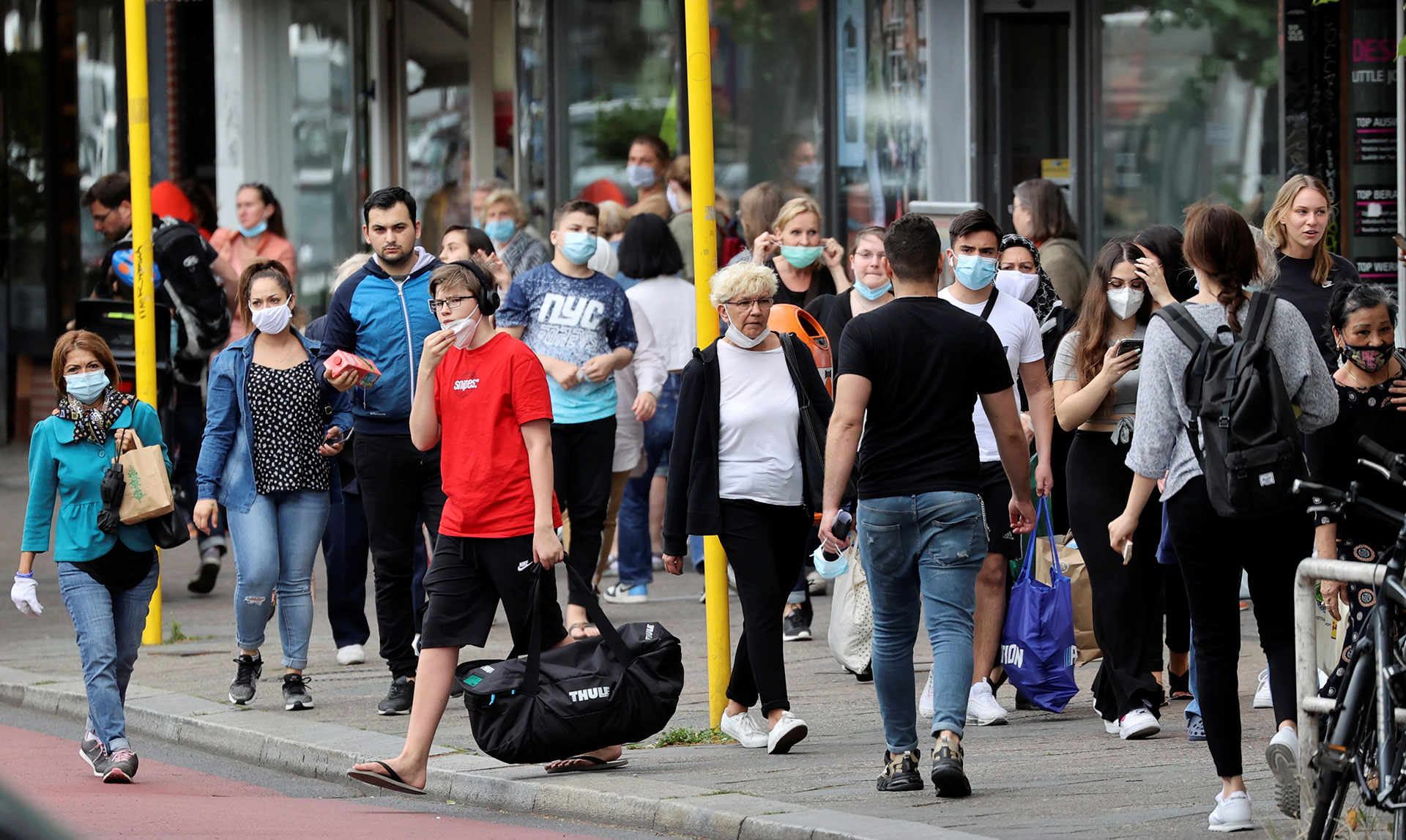
Trump and many of his fellow Republicans in Congress have often downplayed the threat posed by COVID-19. In July, the White House tried to block new funding for testing and contact tracing – something the White House later disavowed amid opposition even from Trump’s own party. Since then, Senate Republican leaders have proposed a relief bill that would dedicate $16 billion for the effort, while a bill passed by the Democrat-dominated House would provide $75 billion for testing, tracing and hospital support. Negotiations are at a crawl.
A senior CDC official told Reuters in a statement that the agency has provided more than $12 billion across the country to address the COVID 19 crisis, including a recent grant of $10.25 billion for testing and other activities such as contact tracing. In addition, the official said, the CDC has provided staff and extensive technical support to states.
“Contact tracing is most effective when local communities embrace it and drive it,” said the official, who declined to be named. “The Administration has empowered states with funding to lead these efforts.”
Reality sinks in
A few days before Las Vegas casinos reopened in June, state health officials in Nevada predicted a wave of coronavirus cases.
The state should have as many as 700 people working on contact tracing to meet the surge, the officials wrote in a May 29 COVID-19 “plan of operations,” which Reuters obtained under a Freedom of Information Act request. Referring to the roughly 100 tracing staffers then aboard, the plan said staffing “falls short of what is needed to effectively manage the need.”
It took two months to staff up. As of July’s end, Nevada had 744 staffers statewide, a Nevada Health and Human Services department spokeswoman said.
Still, Las Vegas and surrounding areas have struggled. The Southern Nevada Health District (SNHD) saw about 1,000 new cases a day by mid-July, up ten-fold from the first week of June (although new cases have dropped precipitously in recent days).
A SNHD official told legislators last week that the district had less than half the tracing staff needed to serve Clark County, home to Las Vegas.
Raman, the senior investigator in the southern district, estimated in mid-July that her department was able to interview between 25% and 40% of people who recently tested positive.
“Right now, unfortunately, we are just trying to keep our heads above water,” she told Reuters.
It was a similar story in other hotspots. Health officials for Harris County, Texas, who serve the Houston suburbs, have reported about 550 cases a day since July 1, up from about 200 a day during the first half of June.
Harris County reported reaching about 60% of the newly positive people to interview about contacts. In general, epidemiologists told Reuters, the goal should be at least 75%.
Martha Marquez, a county spokesperson, described the 60% figure as “good” but said the county was “looking into how to grow our success rate.”
Other departments struggle to keep potentially infectious people in quarantine. Ideally, a tracer notifies contacts, refers them for testing and advises them to stay home and away from others. Then someone in the department follows up to see if they need anything to stay indoors – house-cleaning supplies or food, for instance. It’s no guarantee they won’t go out, but tracers say it can make a difference.
In Alabama’s Mobile County, with case counts exploding to more than 1,000 cases a week by mid-July, follow-up was next to impossible. “It is not going well,” said Murphree, the disease surveillance director. For months, the health department in Mobile relied only on existing health staff for contact tracing – as well as a few volunteers. It took until mid-July for the department to hire two people dedicated to that work, positions that the federal government has promised to fund, Murphree said. The county has not yet received the money, she said.
This lack of resources is being felt across the country.
Despite pleas for assistance, local health departments in Missouri have received little to no COVID-19 funding from the state. Meanwhile, the state recently announced a $15 million package to help support tourism, using funding from the federal CARES Act – a $2.2 trillion COVID-19 relief package passed by Congress in March.
“Tourism is a major employer and a major boon to the economy of Missouri,” said Scott Clardy, assistant director of the Columbia/Boone County Department of Public Health and Human Services. “That being said, here we are not being able to investigate cases, but we’re giving $15 million to the tourism industry to bring in more people.”
Clardy said, however, that he was expecting almost $1.8 million in CARES Act funding for contact tracing and testing to become available as early as this week.
Contact tracing efforts are strained not just by the sharp rise in cases but by the long delays in getting COVID-19 test results back.
David Holcombe, the director of the Louisiana Department of Health for the central portion of that state, said that, as of mid-July, the turnaround was as long as 14 days.
The lag time makes “contact tracing virtually useless,” he said. That’s because by the time positive results come back, the infected person has potentially had many more contacts, who have potentially infected others themselves.
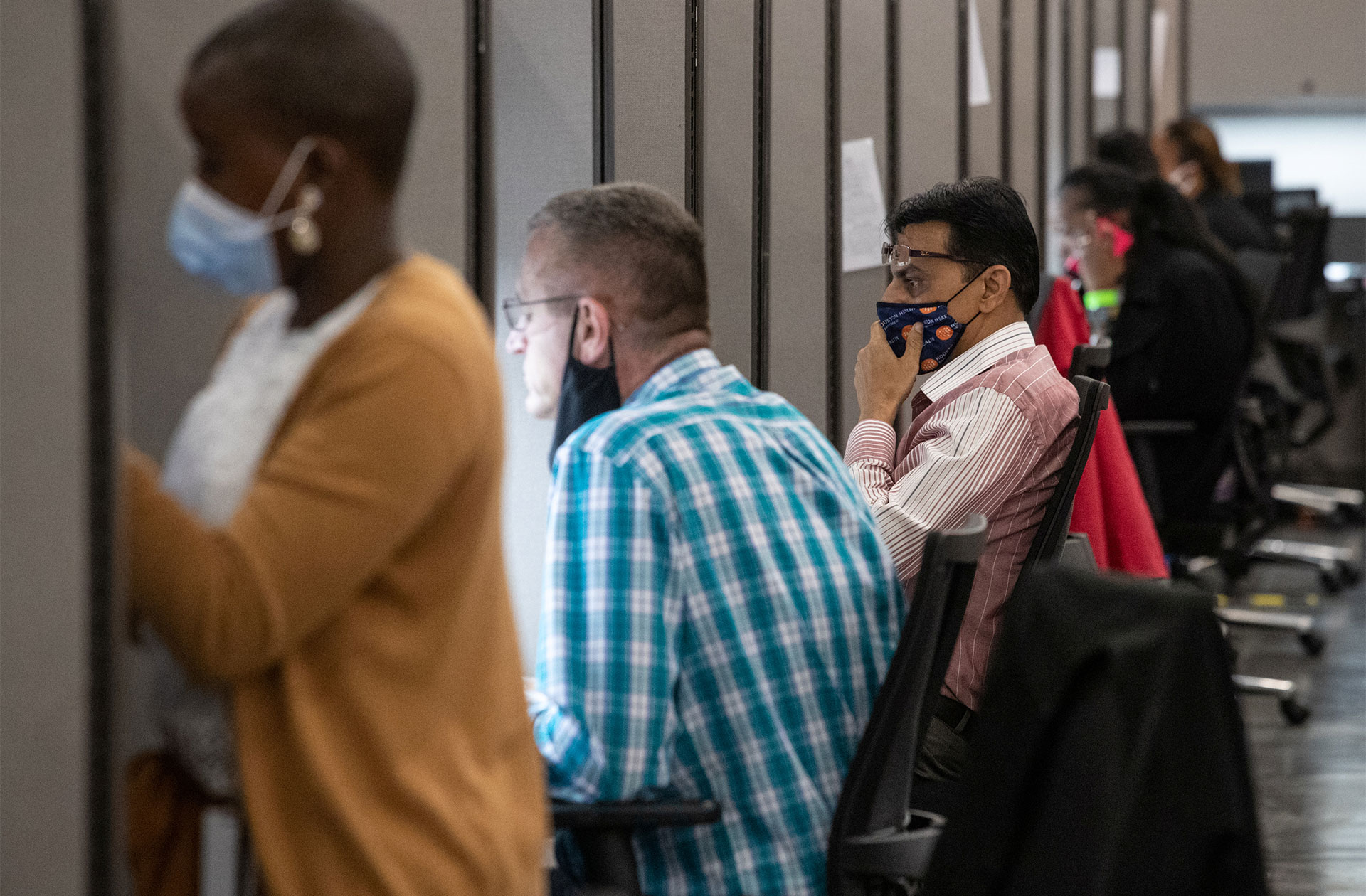
Keeping up
Not all contact-tracing efforts are in disarray.
In San Francisco, cases are rising but not spiking to the level seen in other places in the country. So far, contact tracers say they have been able to keep up – largely through the efforts of redirected city workers.
Before the pandemic, program manager Jana De Brauwere could be found at San Francisco’s main public library, using one of the four languages she speaks to help patrons without computers apply for jobs and other services online.
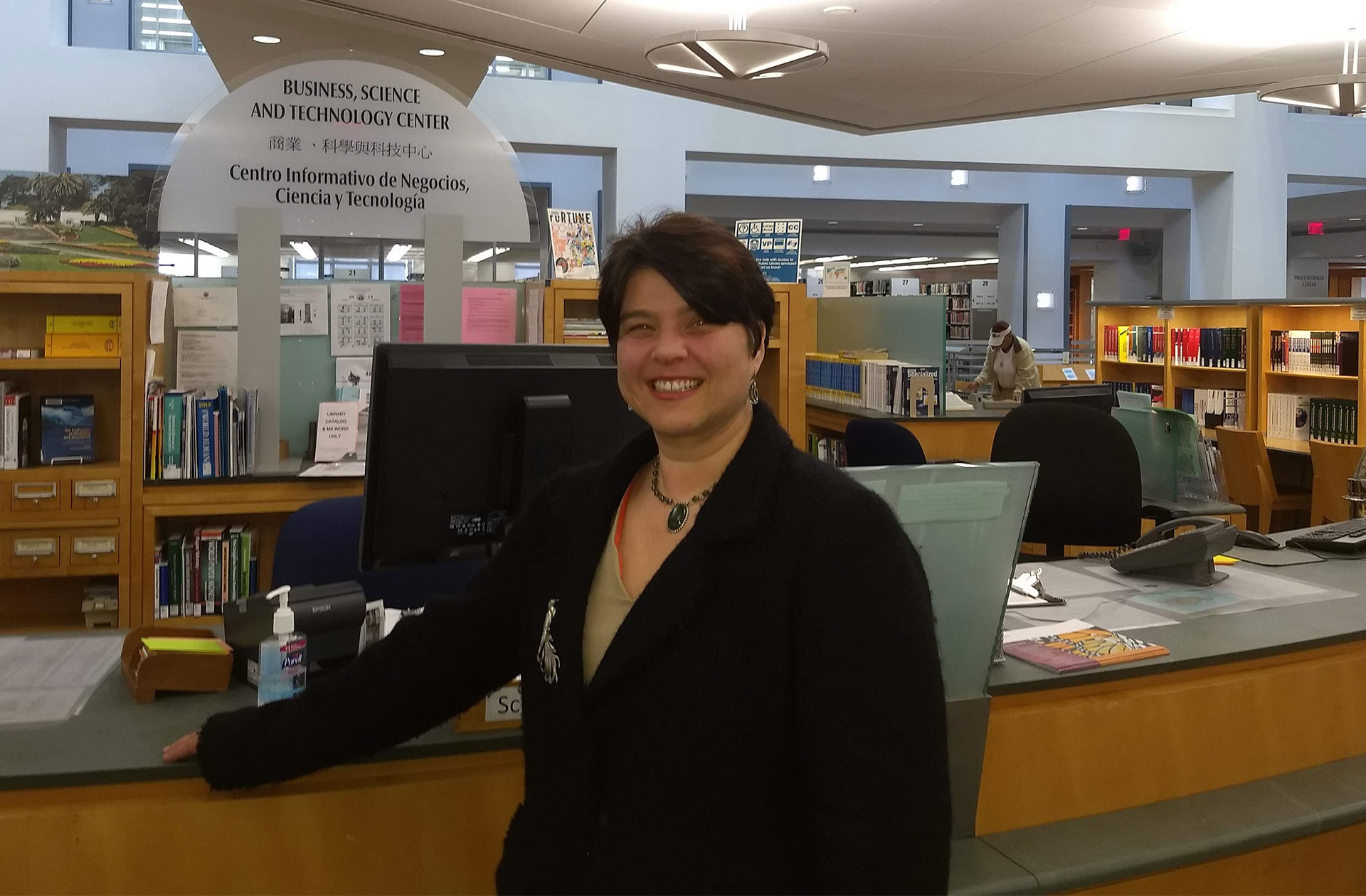
Since April, dozens of librarians, attorneys and other San Francisco city workers have been redeployed to trace COVID-19 contacts – though at some cost to the city’s other public services.
After about 20 hours of training, De Brauwere started calling people exposed to the disease, arranging for supplies to help them quarantine, and referring them for testing. Soon she was promoted to team leader.
A typical shift now starts at 7 am, when De Brauwere parcels out roughly 100 contacts for her eight-tracer team to interview that day. De Brauwere has given up all her library work. “This is the priority,” she said.
The city’s contact tracing program, which is getting help from nonprofit organizations, reported reaching over 80% of people with positive tests through the third week of July, an exceptionally high rate. Similarly, health officials in Vigo County, Indiana, report being able to interview nearly all positive cases. Wise, the county health administrator, said local contact tracers have been more successful at reaching people than those at the state level.
The state’s tracers often are contractors who don’t understand the area, she said. That unfamiliarity can alienate residents and make them less likely to share critical health information, she said.
‘A threat to our privacy’
Even with sufficient money and staff, health departments often have trouble convincing people to pick up the phone and cooperatively answer questions.
Playing into that problem are political divisions throughout the country over how seriously to take the pandemic and what responsibilities the government should or should not impose on the public.
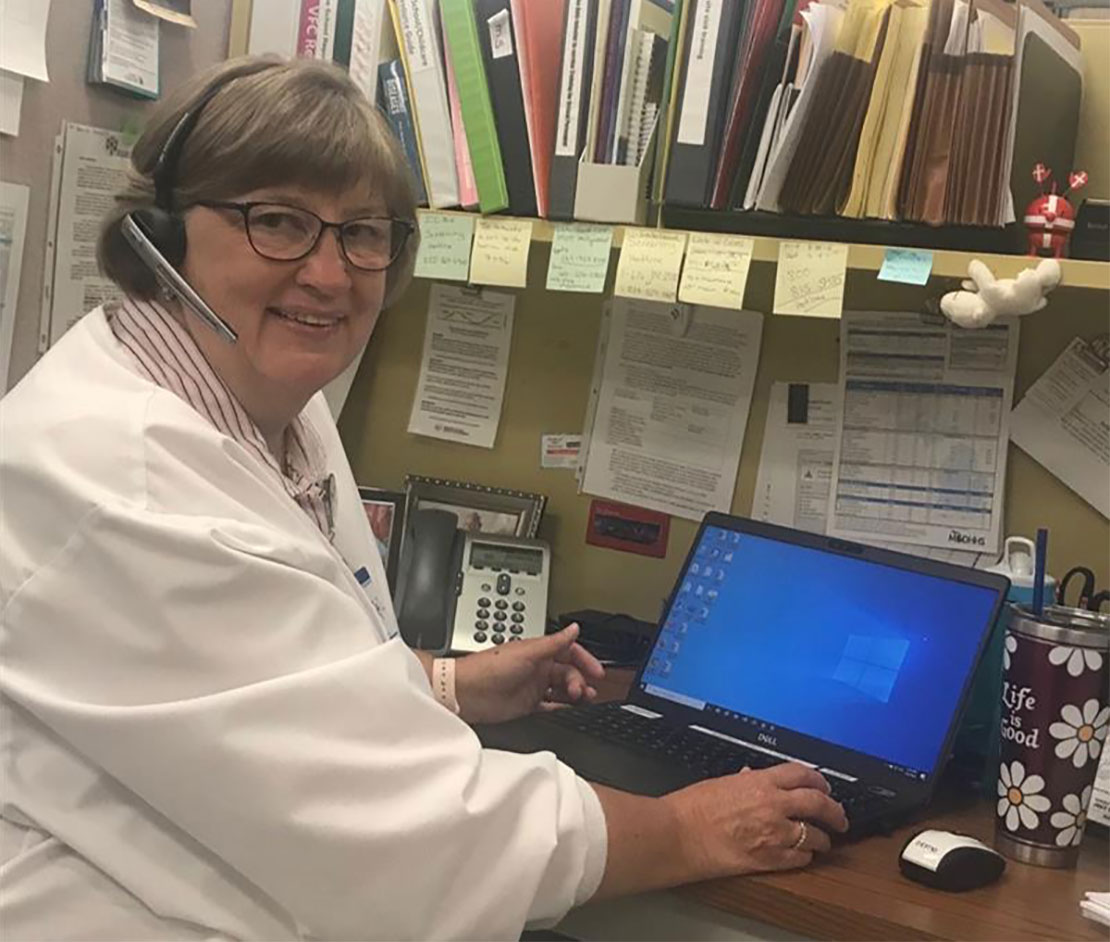
In Texas, a Republican state representative in June called for ending the contact tracing program as “a threat to our privacy and individual liberties.” The Republican-controlled Kansas legislature in June passed a COVID-19 bill with bipartisan support ensuring that no civil or criminal penalties would apply to anyone who refuses to provide information to a tracer. Such penalties, to the limited extent they are allowed under public health laws, are rarely enforced.
People may be reluctant to engage with tracers for a variety of other reasons, including embarrassment for exposing themselves to infection or fear they’ll lose their job.
Sometimes, contact tracers are hindered by misunderstandings.
In early June, in Berrien County, Michigan, contact tracer Karen Kortebein received a call from a public health nurse in a neighboring county. An employee of a long-term care facility there – a resident of Kortebein’s county – had contracted the virus. Kortebein knew the woman. She’d been speaking with her since her husband tested positive in May.
Kortebein had asked the woman then if she was working outside her home. The woman said no. But in reality she had been working – possibly while infectious – with a particularly vulnerable population until her husband became ill, something contact tracers needed to know as soon as possible.
It turned out the woman, whose first language is not English, had misunderstood the question. Also, she was confused about the risk she posed because she’d had conflicting test results and had yet to develop symptoms.
For Kortebein, it was a lesson in how easily wires can get crossed.
“I was kind of blown away,” she said.
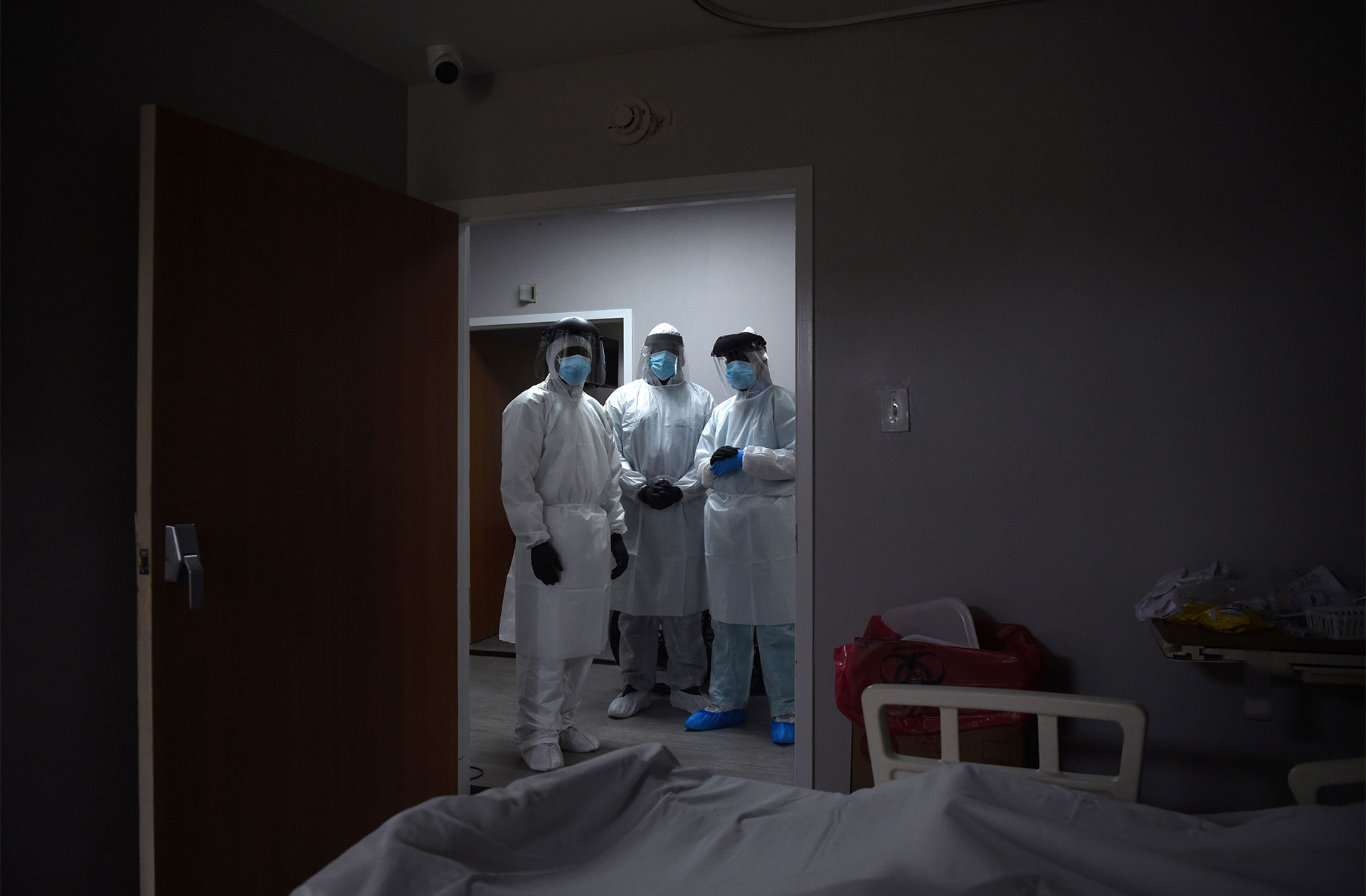
Reuters / Balkantimes.press
Napomena o autorskim pravima: Dozvoljeno preuzimanje sadržaja isključivo uz navođenje linka prema stranici našeg portala sa koje je sadržaj preuzet. Stavovi izraženi u ovom tekstu autorovi su i ne odražavaju nužno uredničku politiku The Balkantimes Press.
Copyright Notice: It is allowed to download the content only by providing a link to the page of our portal from which the content was downloaded. The views expressed in this text are those of the authors and do not necessarily reflect the editorial policies of The Balkantimes Press.

